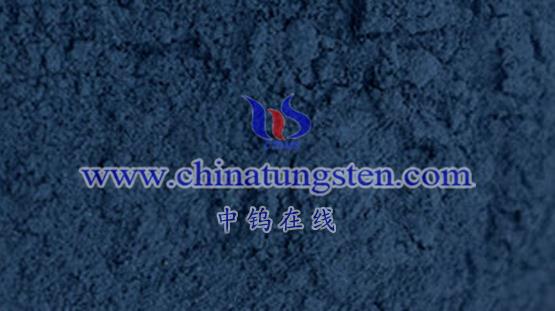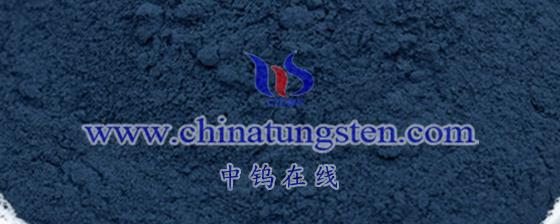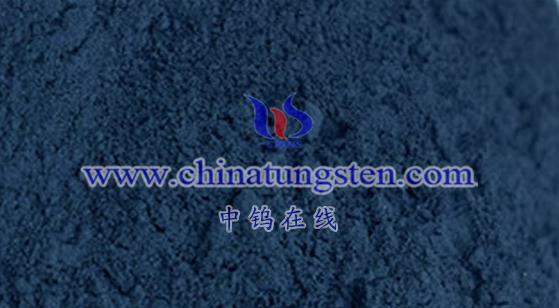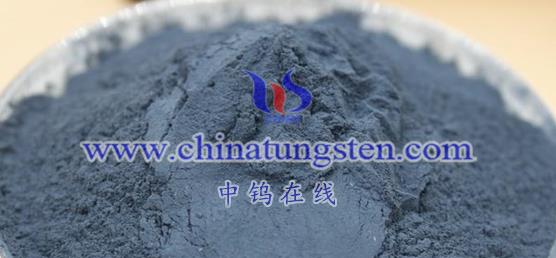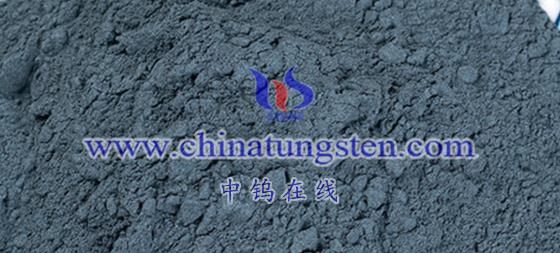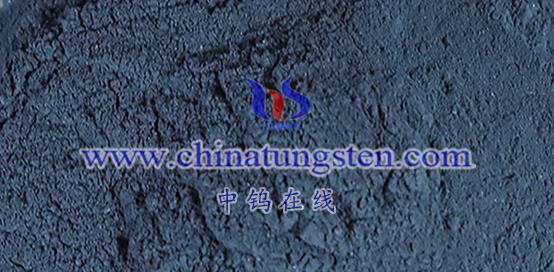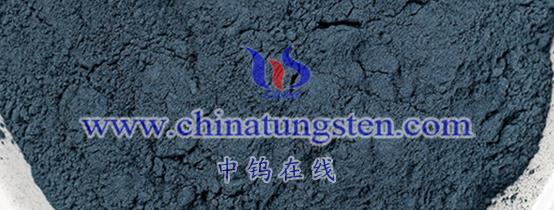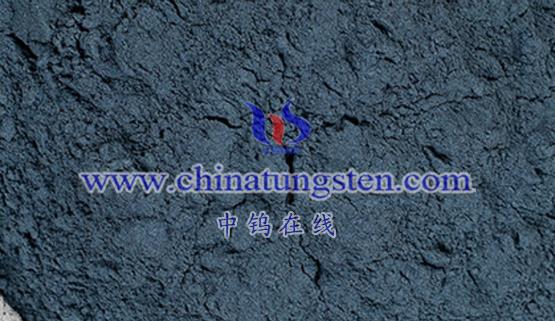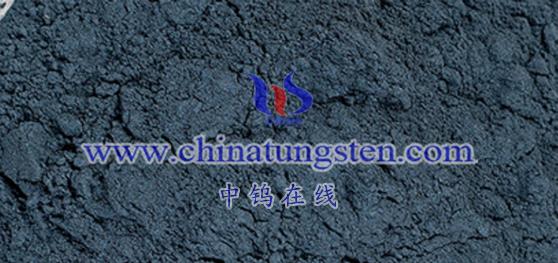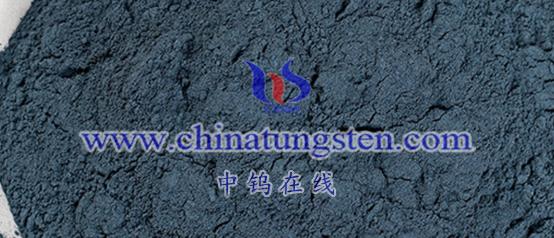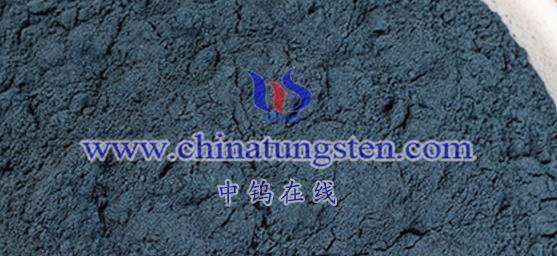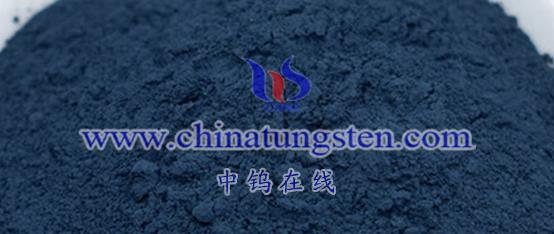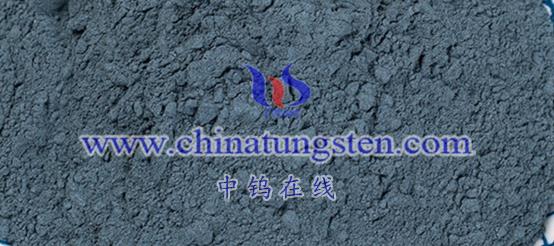
Hexagonal tungsten oxide (hex-WO3) is an important inorganic material with various remarkable characteristics and extensive application value. Below is a detailed elaboration of its features:
- Crystal Structure Characteristics
- Hexagonal Close Packing
Hexagonal tungsten oxide has a crystal structure belonging to the hexagonal crystal system, characterized by point group 6/mmm and space group P63/mmc. This structure exhibits hexagonal close packing, which imparts higher density and stability compared to other crystal systems. - Atomic Arrangement
In hexagonal tungsten oxide, tungsten (W) and oxygen (O) atoms alternate to form a unique crystal structure. This arrangement not only influences the material’s physicochemical properties but also provides a foundation for its applications in catalysis and optoelectronics.
- Physicochemical Properties
- Optoelectronic Properties
Hexagonal tungsten oxide has high refractive index and transmittance in the visible and ultraviolet light ranges, making it promising for applications in optical devices and optoelectronics. For example, it can be used as a charge transport layer in solar cells to enhance photoelectric conversion efficiency. Additionally, hexagonal tungsten oxide can be utilized to fabricate optical films, lasers, and optical fibers. - Electrochemical Performance
In the field of electrochemical energy storage, hexagonal tungsten oxide demonstrates high capacitance, long cycle life, and excellent electrochemical stability as an electrode material. These characteristics make it valuable for applications in batteries and supercapacitors. - Thermal Stability and Corrosion Resistance
Hexagonal tungsten oxide exhibits excellent thermal stability and corrosion resistance, maintaining good performance under high temperatures and harsh environments. This property suggests its potential applications in high-temperature catalysis and thermoelectric conversion.
- Nanostructure Characteristics
- High Surface Area
At the nanoscale, hexagonal tungsten oxide possesses a high surface area and small size, resulting in superior catalytic performance in reactions. The nanostructure significantly enhances the catalytic activity of tungsten oxide, shortens reaction times, and increases the stability of the catalyst. - Surface Defects
The surface structure of hexagonal tungsten oxide contains abundant surface defects, such as oxygen vacancies and hydroxyl groups. These defects play a crucial role in catalytic reactions by providing more active sites for catalysis.
- Application Prospects
- Optoelectronics
Due to its excellent performance in optoelectronic applications, hexagonal tungsten oxide is widely used in the fabrication of solar cells, optical films, lasers, and optical fibers. - Electrochemical Energy Storage
As an electrode material, hexagonal tungsten oxide exhibits superior electrochemical performance in batteries and supercapacitors, providing significant support for the development of electrochemical energy storage. - Catalysis
The nanostructure and surface defects of hexagonal tungsten oxide contribute to its excellent catalytic performance, indicating broad application prospects in catalysis.
Hexagonal tungsten oxide has become a research hotspot in material science due to its unique crystal structure, outstanding physicochemical properties, and wide-ranging application potential. As research continues to deepen and technology advances, hexagonal tungsten oxide is expected to demonstrate its unique application potential in more fields.
More details of tungsten oxide product, please visit website: tungsten-oxide.com
Please contact CHINATUNGSTEN for inquiry and order of tungsten oxide:
Email: sales@chinatungsten.com
Tel.: 86 592 5129595
